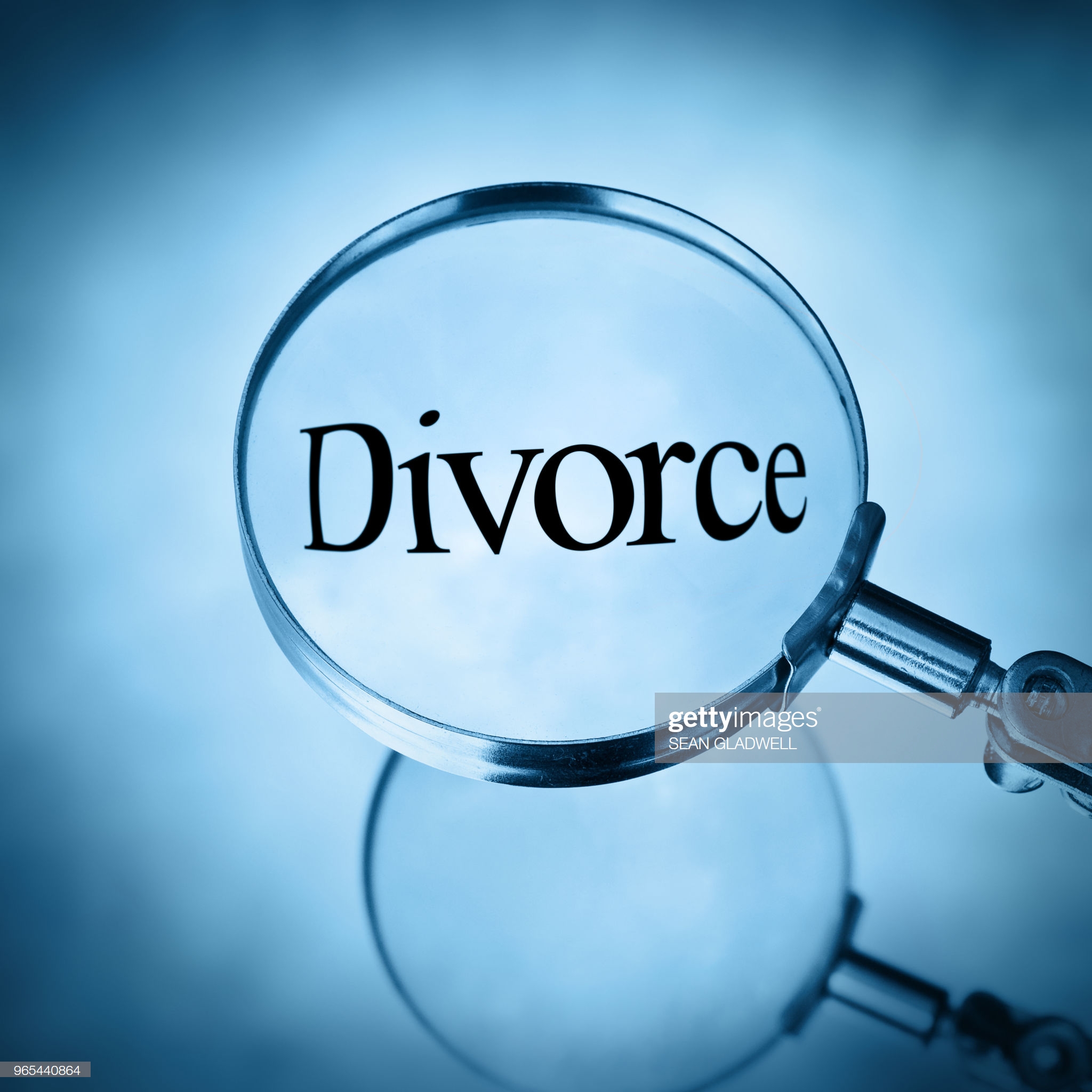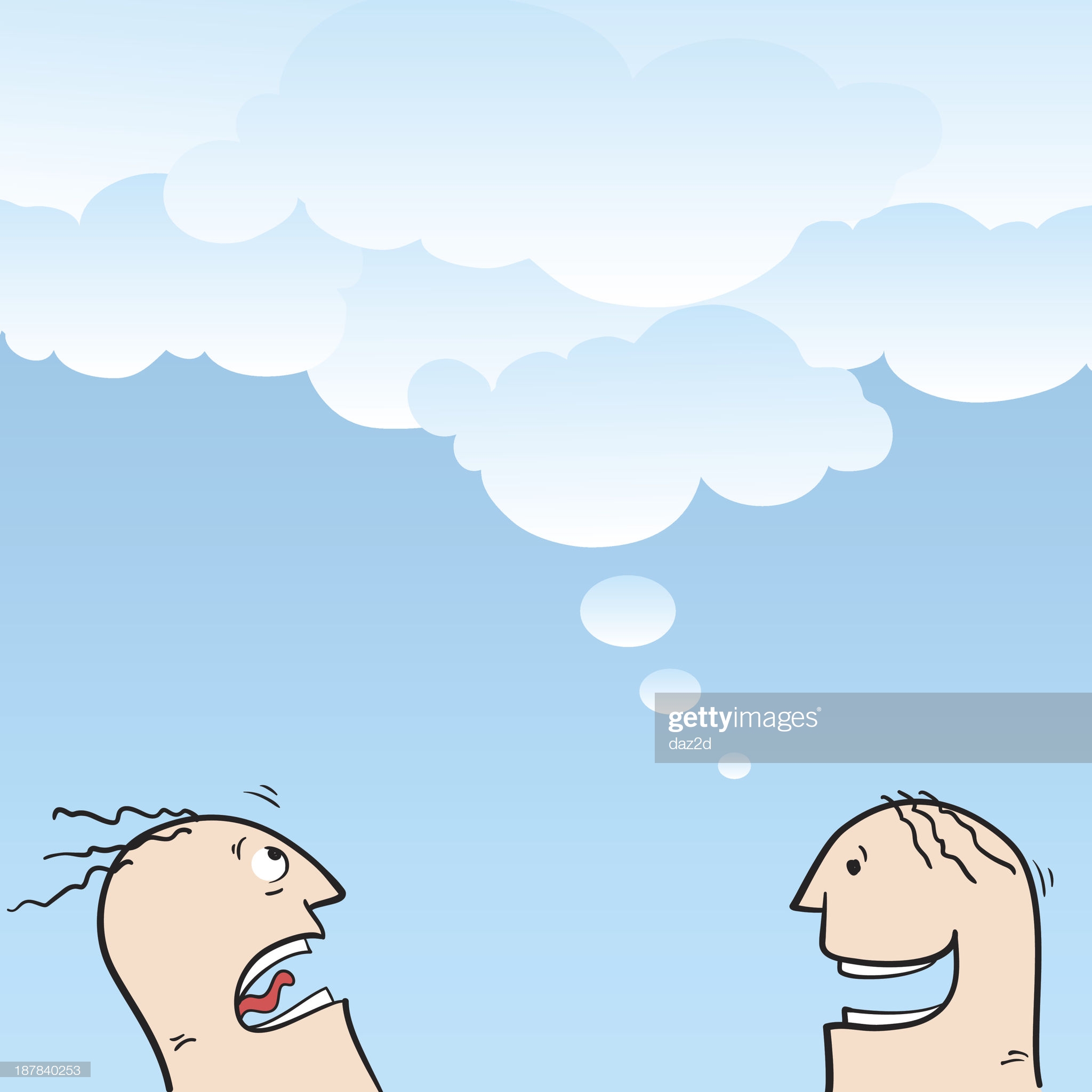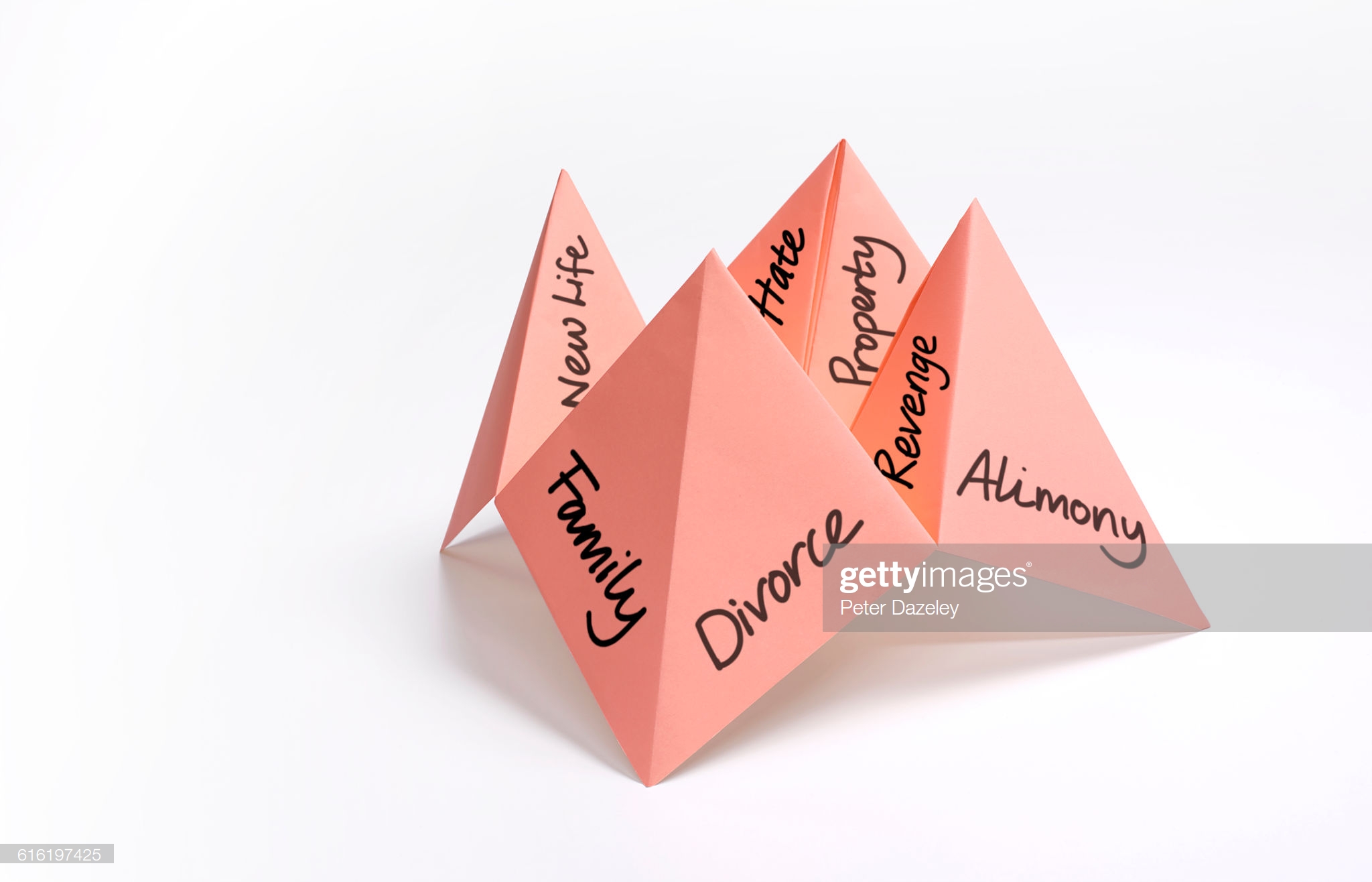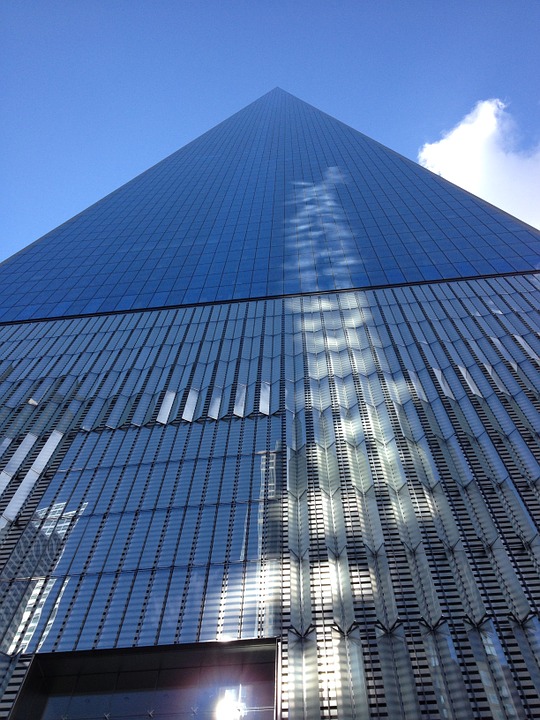Ways to get child support from a bad parent
January 28, 2020[Supreme Court Decision – Criminal Law] – On Intent of Defamation
February 11, 2020
I’d like to introduce Supreme Court Decision stating that uploading a “torrent file” of obscene videos is violation of Act on Promotion of Information and Communications Network Utilization and Information Protection, Etc.!
Please refer to the case 2019Do5283 Decided July 25, 2019 as follows and for legal consultation, please contact me at https://lawyerhwang.com/consultation/ or [email protected];
Source: https://library.scourt.go.kr/SCLIB_data/decision/45-2019Do5283_ProInfoCommNetUtiInfoProAct_hs.htm
Supreme Court Decision 2019Do5283 Decided July 25, 2019 【Violation of the Act on Promotion of Information and Communications Network Utilization and Information Protection, Etc. (Distribution of Obscene Materials)】
【Main Issues and Holdings】
Meaning of a “torrent file” of obscene videos and whether the said torrent file constitutes “information with obscene content distributed or displayed openly in the form of motion picture” as prescribed in Article 44-7(1)1 of the Act on Promotion of Information and Communications Network Utilization and Information Protection, Etc. (affirmative)
Whether (a) the act of uploading a torrent file of an obscene video on the website, etc., thereby allowing an unspecified number of people to download it for free; or (b) the act of creating a condition where people gain immediate access to the given obscene video by using the torrent file without any restrictions, corresponds to the constituent elements of the crime of distributing or exhibiting obscene motion pictures under the said Act (affirmative)
【Summary of Decision】
A torrent file of an obscene video is generated by using a torrent client program (hereinafter “torrent program”) with a view to sharing the video through torrents, a peer-to-peer file sharing protocol.
A torrent file of obscene videos contains metadata for obscene videos, such as their names, sizes, and unique hash numbers. The metadata is an index that identifies a given video to be downloaded through torrents from a host of torrent users. The process includes obtaining a torrent file and opening the file in a torrent client. Once this process is completed, the rest of the process is automated to initiate the download of the given obscene video represented by the said torrent file. In sum, torrent files of obscene videos are generated in order to share the obscene videos, and are necessary information for downloading the given obscene videos (the subject of sharing) through torrent.
As above, comprehensively taking account of the role and function of a torrent file in torrent, a P2P file sharing protocol, and the intention of a perpetrator who uploads a torrent file of obscene videos on website, etc., a torrent file generated to share obscene videos, which is the information necessary for downloading the given obscene video through torrent, constitutes “information with obscene content distributed or displayed openly in the form of motion picture,” whose distribution is prohibited under Article 44-7(1)1 of the Act on Promotion of Information and Communications Network Utilization and Information Protection, Etc.
As such, the act of uploading torrent files of obscene videos on the website, etc., thereby allowing an unspecified number of people to download them for free, or the act of creating a condition where people gain immediate access to the given obscene videos, practically brings about the same result as “distributing or openly displaying obscene motion pictures in violation of Article 44-7(1)1.” Therefore, the aforementioned acts correspond to the constituent elements of the crime of distributing or exhibiting obscene motion pictures from a holistic point of view.
【Reference Provisions】Article 44-7(1)1 and Article 74(1)2 of the Act on Promotion of Information and Communications Network Utilization and Information Protection, etc.
Article 44-7 of the Act on Promotion of Information and Communications Network Utilization and Information Protection, Etc. (Prohibition on Circulation of Unlawful Information)
(1) No one may circulate any of the following information through an information and communications network: <Amended by Act No. 11048, Sep. 15, 2011; Act No. 14080, Mar. 22, 2016>
1. Information with obscene content distributed, sold, rented, or displayed openly in the form of code, words, sound, image, or motion picture;
Article 74 of the Act on Promotion of Information and Communications Network Utilization and Information Protection, Etc. (Penalty Provisions)
(1) Any of the following persons shall be punished by imprisonment with labor for up to 1 year or by a fine not exceeding 10 million won: <Amended by Act No. 11322, Feb. 17, 2012; Act No. 12681, May 28, 2014>
2. A person who distributes, sells, lends, or openly displays any obscene codes, letters, sound, images, or motion pictures in violation of Article 44-7 (1) 1;
【Defendant】Defendant
【Appellant】Defendant
【Defense Counsel】Attorney Yang Dong-pil
【Judgment of the court below】Jeonju District Court Decision 2019No194 decided April 3, 2019
【Disposition】The final appeal is dismissed.
【Reasoning】The grounds of final appeal are examined.
1. The gist of the facts charged and the main issue
A. The gist of the facts charged in the instant case is as follows. From the end of November 2017 to September 7, 2018, the Defendant uploaded a total of 8,402 obscene motion pictures on five web pages, mainly [(board name 1 omitted), (board name 2 omitted), (board name 3 omitted), (board name 4 omitted), (board name 5 omitted)], including 5,137 obscene videos of sexual intercourse between a man and woman, which were posted on “(board name 1 omitted)” on the website (○○○○○), allowing an unspecified number of visitors to the said website to download these videos, and thereby distributing or publicly displaying obscene motion pictures through an information and communications network.
B. The Defendant’s argument against the instant facts charged is as follows. The Defendant states that what he uploaded were torrent files of obscene videos. Torrent files are files that contain the metadata, such as the names, sizes, and information of file fragments; in this case, they are the files necessary to download the given obscene videos, which are not obscene videos by themselves. For this reason, the Defendant contends that his act does not constitute “an act of distributing or openly displaying obscene motion pictures” as stated in Article 74(1)2 of the Act on the Promotion of Information and Communications Network Utilization and Information Protection, Etc. (hereinafter “Information and Communications Network Act”).
C. The main issue of the instant case is whether the Defendant’s act constitutes “an act of distributing or openly displaying obscene motion pictures” as prescribed in Article 74(1)2 of the Information and Communications Network Act.
2. Judgment
A. Article 44-7(1)1 of the Information and Communications Act provides that no one may circulate information with obscene content distributed, sold, rented, or displayed openly in the form of code, words, sound, image, or motion picture. Article 74(1)2 of the Information and Communications Act states that a person who distributes, sells, lends, or openly displays any obscene codes, letters, sound, images, or motion pictures in violation of Article 44-7(1)1 may be punished by imprisonment with labor for up to one year or by a fine not exceeding KRW 10 million.
B. A torrent file of an obscene video is generated by using a torrent client program (hereinafter “torrent program”) with a view to sharing the video through torrents, a peer-to-peer file sharing protocol.
A torrent file of obscene videos contains metadata for obscene videos, such as their names, sizes, and unique hash numbers. The metadata is an index that identifies a given video to be downloaded through torrents from a host of torrent users. The process includes obtaining a torrent file and opening the file in a torrent client. Once this process is completed, the rest of the process is automated to initiate the download of the given obscene video represented by the said torrent file. In sum, torrent files of obscene videos are generated in order to share the videos, and are necessary information for downloading the given obscene videos (the subject of sharing) through torrent.
As above, comprehensively taking account of the role and function of a torrent file in torrent, a P2P file sharing protocol, and the intention of a perpetrator who uploads a torrent file of obscene videos on website, etc., a torrent file generated to share obscene videos, which is the information necessary for downloading the given obscene video through torrent, constitutes “information with obscene content distributed or displayed openly in the form of motion picture,” whose distribution is prohibited under Article 44-7(1)1 of the Information and Communications Network Act.
As such, the act of uploading torrent files of obscene videos on the website, etc., thereby allowing an unspecified number of people to download them for free, or the act of creating a condition where people gain immediate access to the given obscene videos, practically brings about the same result as “distributing or openly displaying obscene motion pictures in violation of Article 44-7(1)1.” Therefore, the aforementioned acts correspond to the constituent elements of the crime of distributing or exhibiting obscene motion pictures from a holistic point of view.
C. According to the reasoning of the lower judgment and the evidence duly admitted by the lower court, the following facts are revealed.
1) The torrent site written in the facts charged is a website opened and operated by the Defendant for the purpose of reaping advertisement profits. The Defendant acquired a considerable amount of obscene videos to induce an unspecified number of people visiting the said torrent site, categorized the videos by five types, and uploaded a total of 8,402 torrent files of obscene videos written in the facts charged on the online board of the said torrent site.
2) Torrent files of the aforementioned obscene videos are the files generated to share the given obscene videos acquired by the Defendant through torrent. The metadata contained in the said torrent files works as indices for the obscene video to be transferred through torrent. When the torrent files are opened in a torrent client, the given obscene videos represented by the said torrent files are automatically downloaded.
3) The Defendant did not impose any restriction on the download or use of the said torrent files by an unspecified number of, or many, people visiting the said torrent site, and the files were downloaded for free.
D. Comprehensively taking account of the abovementioned circumstances, it can be concluded that the Defendant’s act of uploading torrent files of the obscene videos on the said torrent site to enable an unspecified number of, or many, people visiting the said torrent site to download brings about the same result as distributing or openly displaying the given obscene videos through an information and communications network. As such, the Defendant’s act may be deemed to constitute “an act of distributing or openly displaying obscene motion pictures in violation of Article 447-(1)1” as prescribed in Article 74(1)2 of the Information and Communications Network Act.
E. In the same vein, the lower court was justifiable to have found the Defendant guilty of violating Articles 74(1)2 and 44-7(1)1 of the Information and Communications Network Act by distributing or openly distributing obscene videos through an information and communications network. In determining so, the lower court did not err by misapprehending the legal principle on “a person distributing or openly displaying obscene motion pictures” under Article 74(1)2 of the Information and Communications Network Act, or by violating the principle of prohibition of analogical interpretation.
3. Conclusion
Therefore, the final appeal is dismissed. It is so decided as per Disposition by the assent of all participating Justices on the bench.
Justices Jo Hee-de (Presiding Justice)
Kim Jae-hyung
Min You-sook (Justice in charge)
Lee Dong-won
Related posts
Blog Articles
Contact Information
201, 160, Seochojungang-ro, Seocho-gu, Seoul, Republic of korea.
Phone: +82-2-535-1235
Mobile: 010 5349 1235
Fax: +82-2-536-1236
Email: [email protected]

![[Supreme Court Decision – Criminal Law] On Uploading a “Torrent File” of Obscene Videos](https://lawyerhwang.com/wp-content/uploads/2020/03/Supreme-Court-Decision-–-Criminal-Law-On-Uploading-a-“Torrent-File”-of-Obscene-Videos.png)




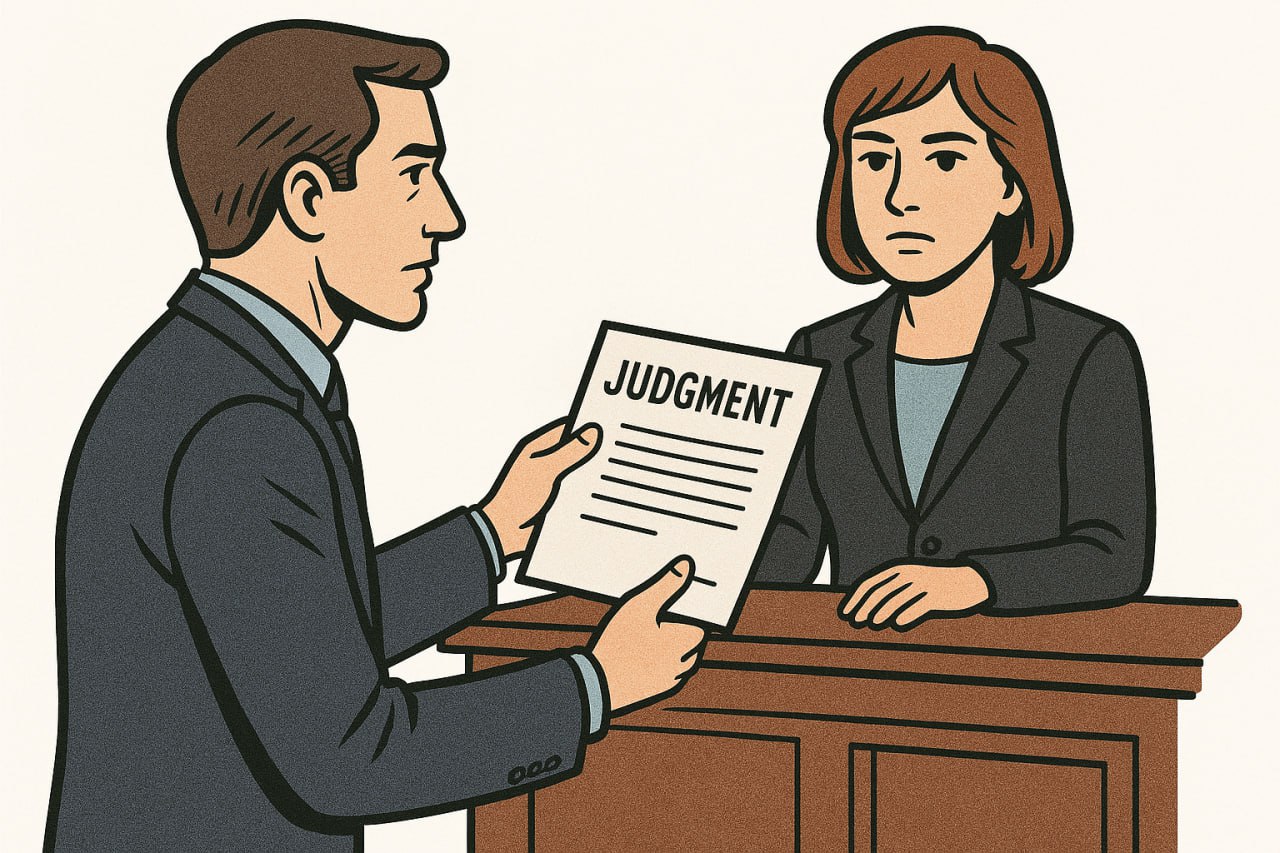




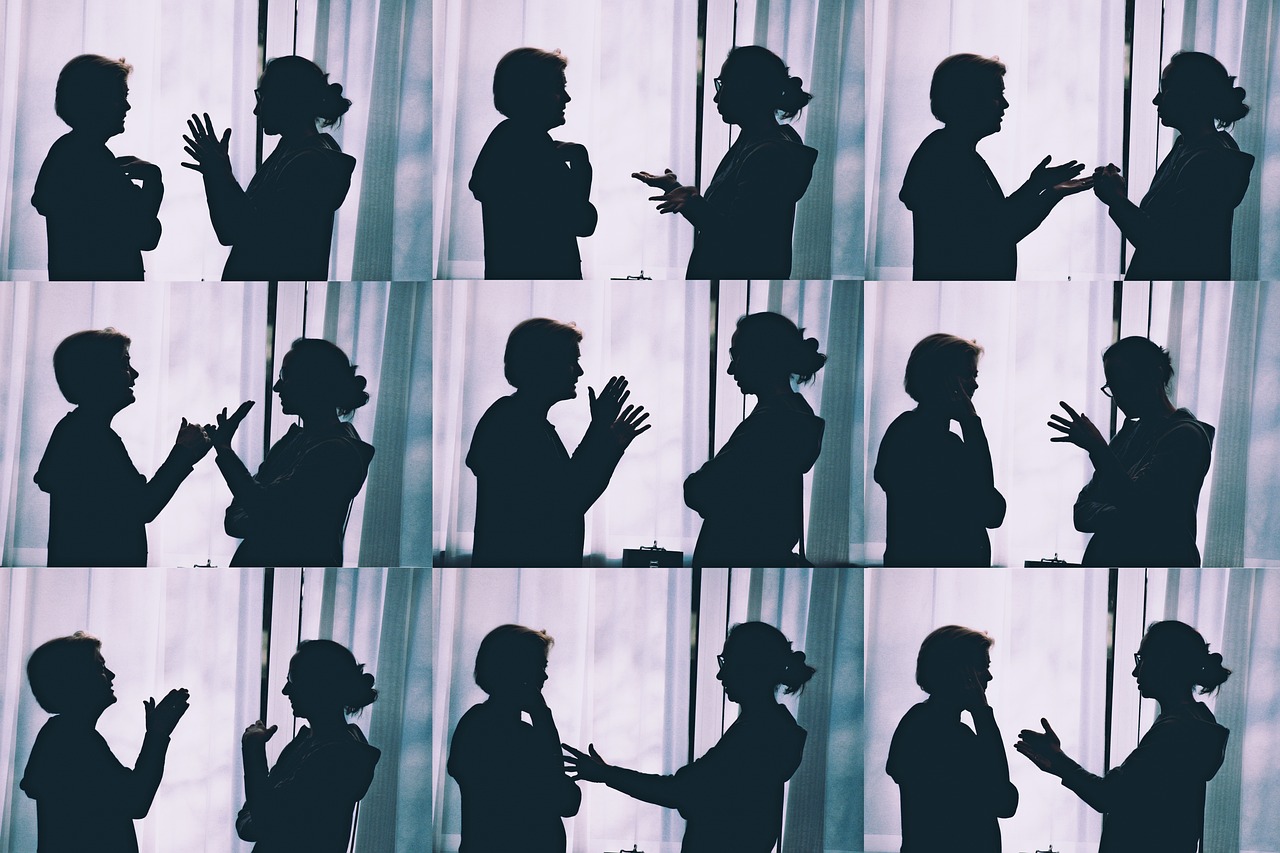







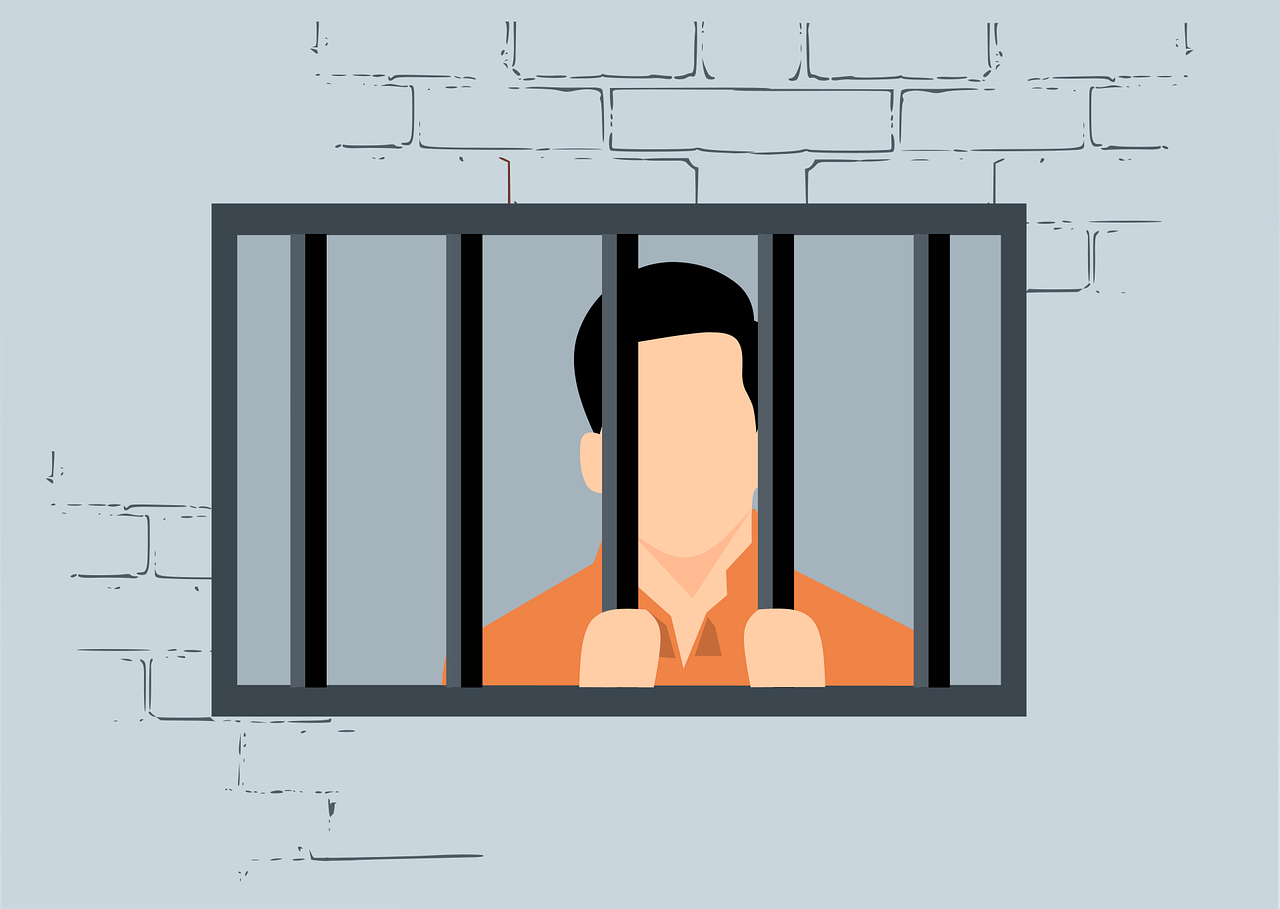



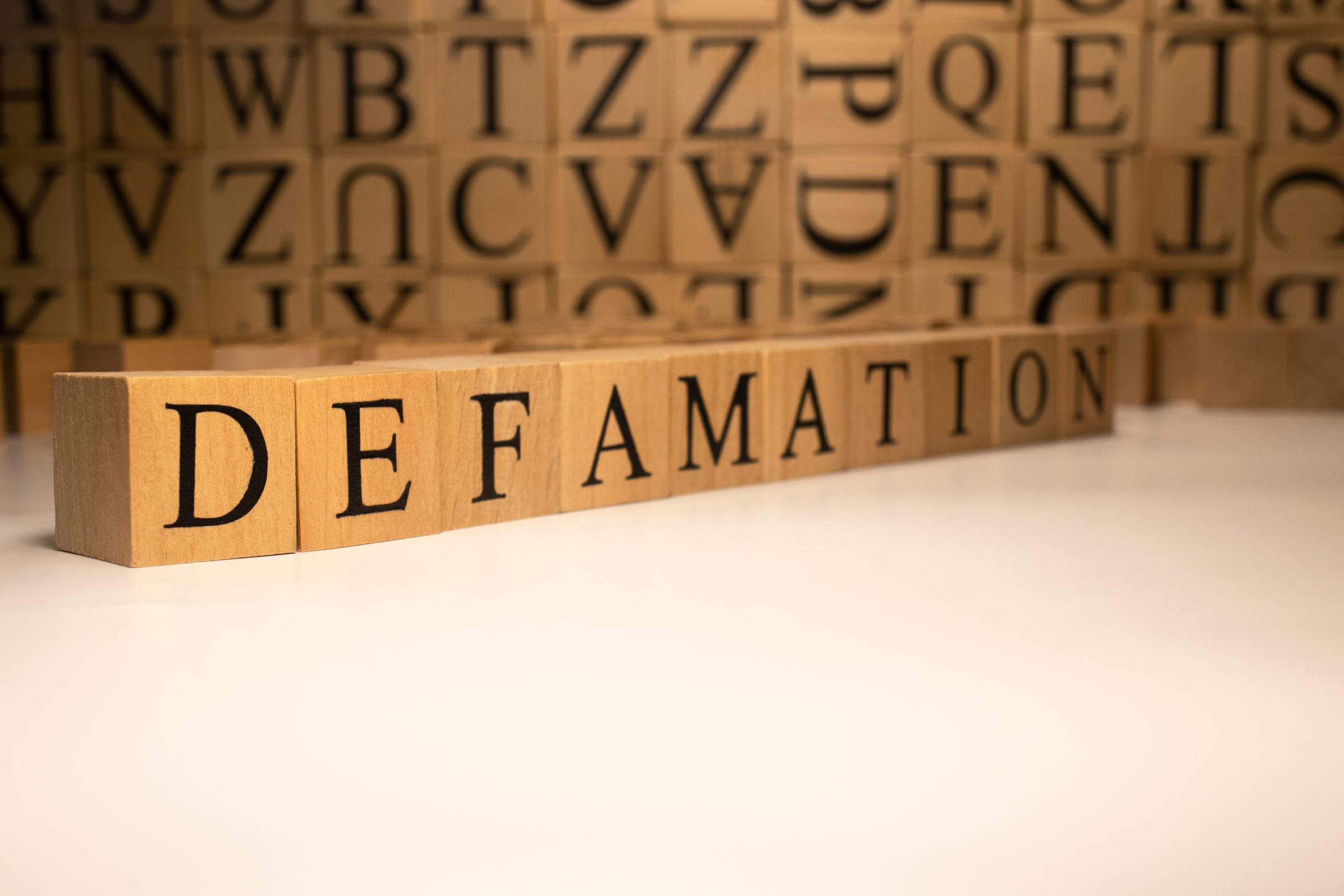




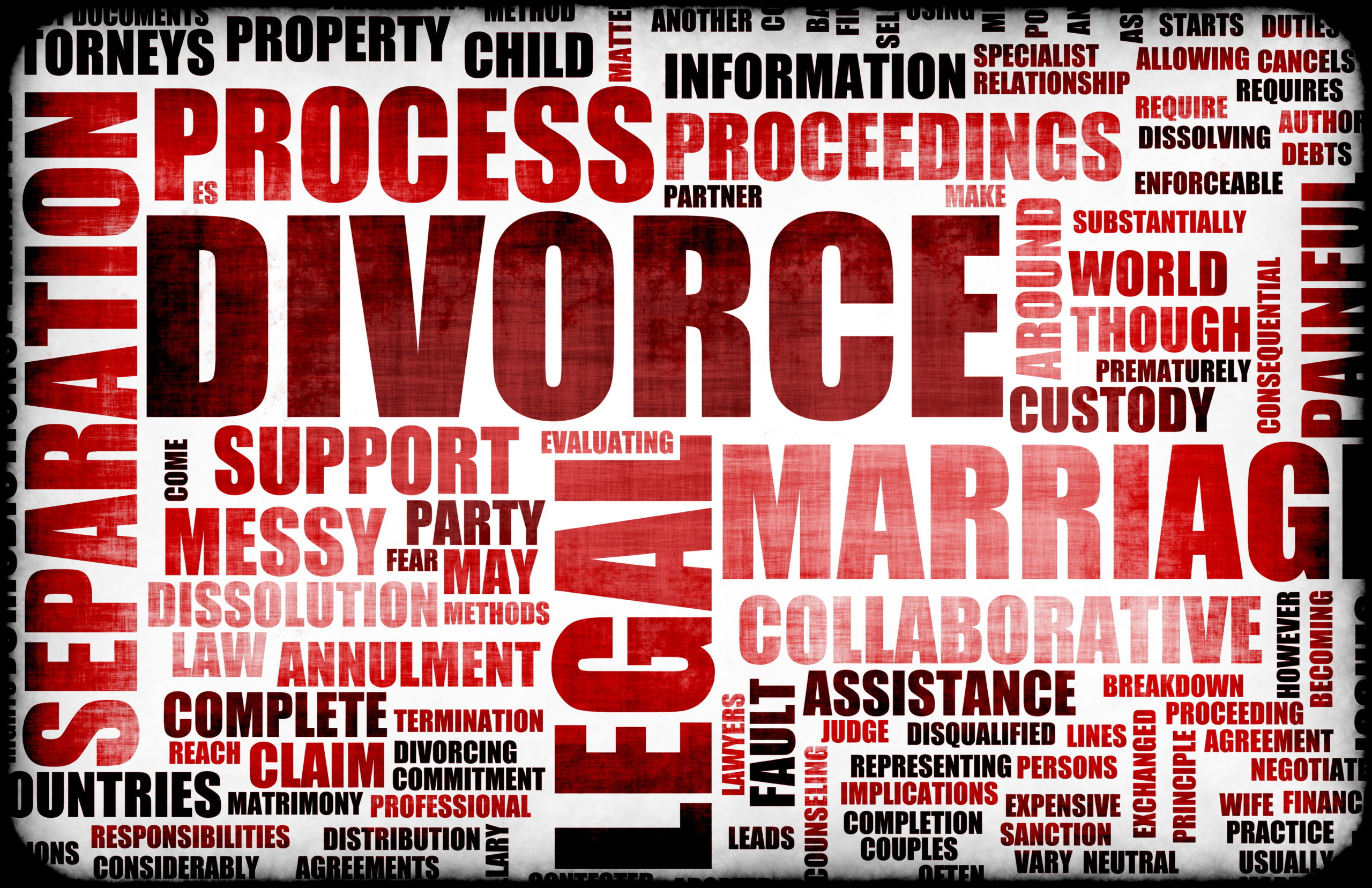


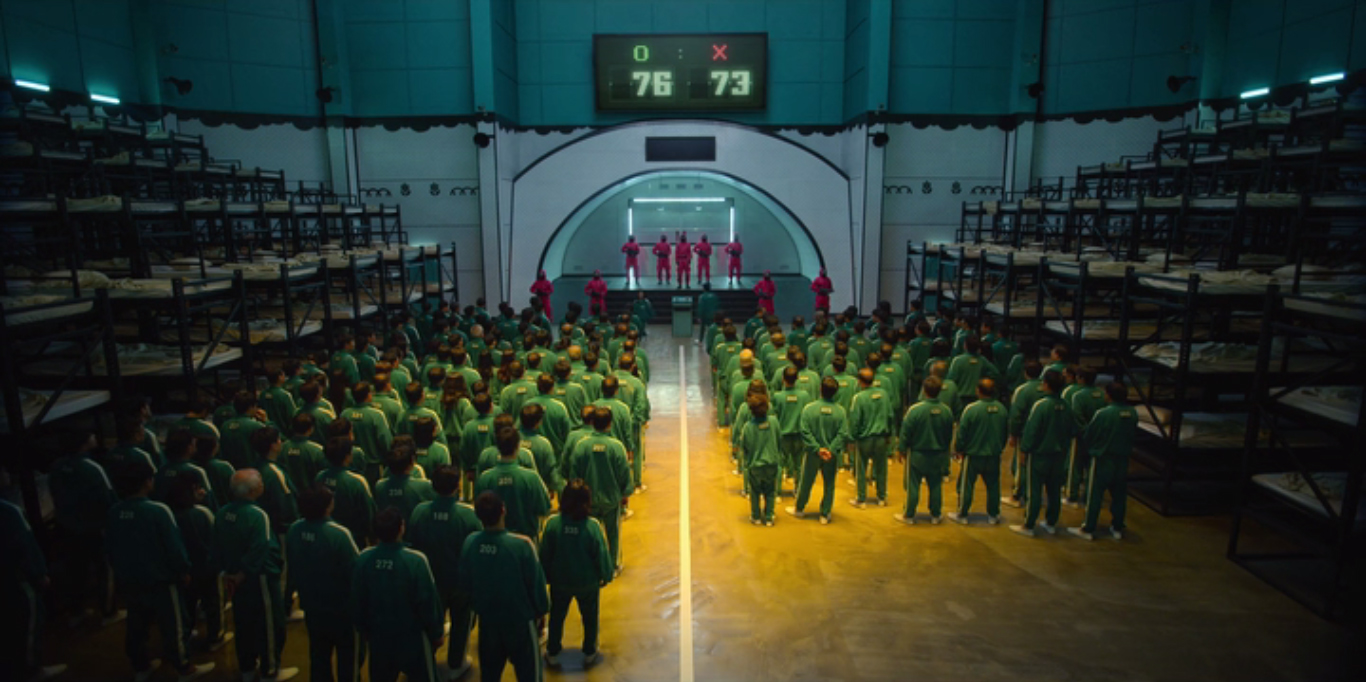


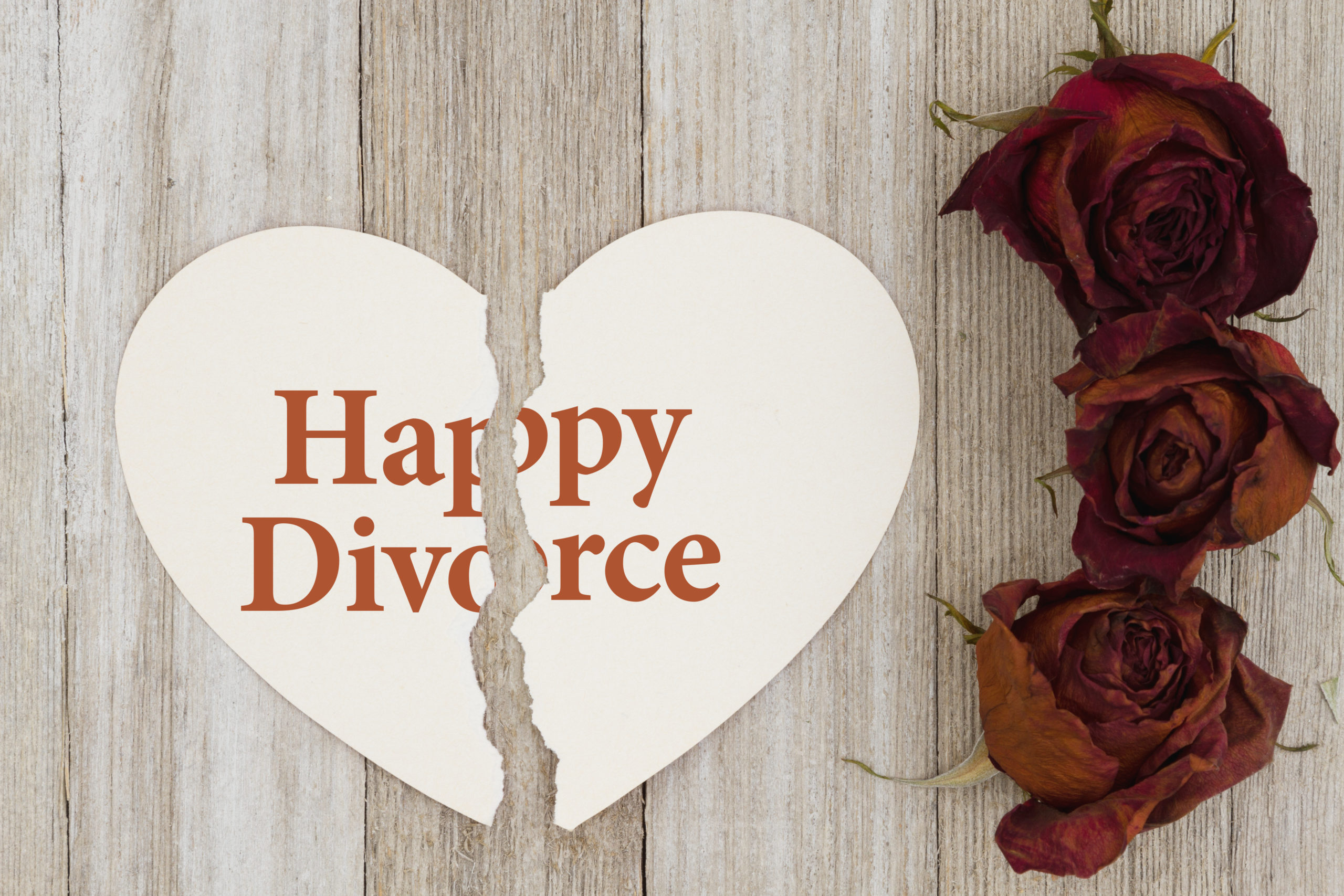

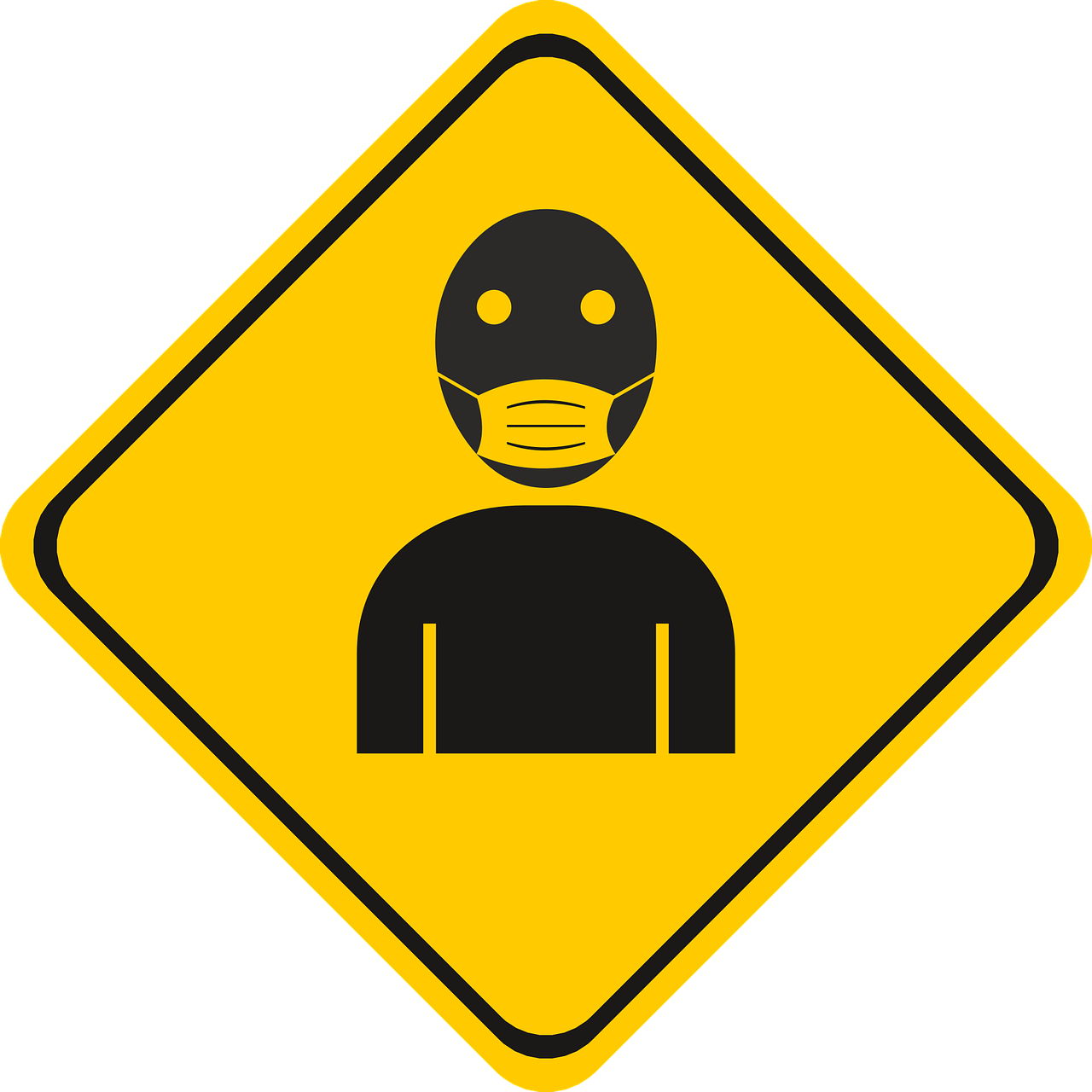


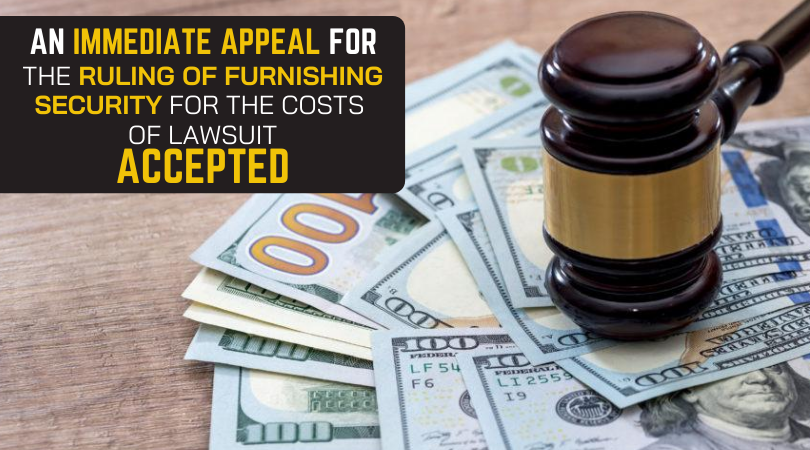

![[Supreme Court Decision – Criminal Law] – On Intent of Defamation](https://lawyerhwang.com/wp-content/uploads/2020/03/Supreme-Court-Decision-–-Criminal-Law-–-On-Intent-of-Defamation.png)











